Alyssum: [Characteristics, Cultivation, Care and Disadvantages]
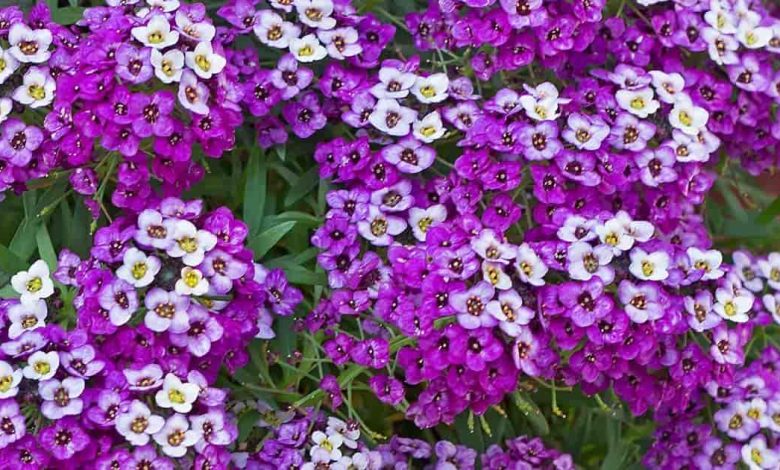
Important points when planting Alyssum:
- When? The best time to sow the alyssum is during the spring through seeds or cuttings from a healthy and robust plant.
- Where? Alyssum can be planted in rockeries and in rocky areas of gardens.
- How do we water? The irrigation for the alyssum plant will be abundant and frequent, but it will depend on the temperature where the crop is located.
- How often do we water? The frequency of watering the alyssum can be one watering every 24 to 48 hours, depending on the heat and the ambient temperature.
- What care does it require? The alyssum is a rustic species that does not require much care for its development and growth. The soil or substrate must be fertile, light and with very good drainage.
- What pests and diseases affect you? The alyssum plant is a disease-resistant plant species, but it is often attacked by rust and powdery mildew caused by excess irrigation, which is its biggest problem.
What characteristics does the alyssum plant have?
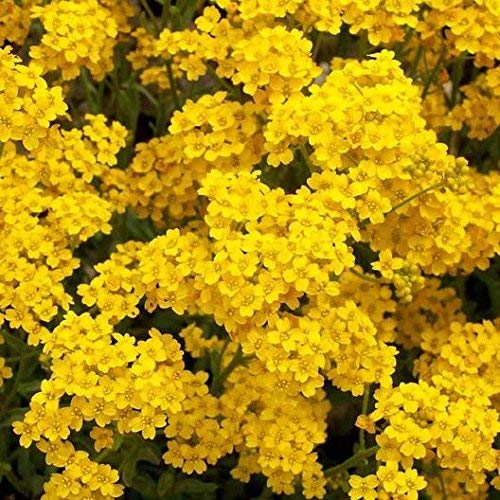 Alyssum is the scientific name of the plant better known as Aliso, Maritime Aliso, Silver Basket, Maritime Lobularia, Mirana and Silver Basket, among others.
Alyssum is the scientific name of the plant better known as Aliso, Maritime Aliso, Silver Basket, Maritime Lobularia, Mirana and Silver Basket, among others.
It is a perennial plant of short stature (25 cm) that has its origin in the Iberian Peninsula and is highly appreciated for the large number of flowers it produces.
The stems of the plant are slender in structure, but stand erect and their ends bear heads formed by small yellow flowers.
The leaves of the alyssum have serrated edges, they are caulinar of the stem, sessile, alternate, they measure about 3 cm and are covered by a villus. The plant has an abundant and long-lasting floral system that can usually completely cover the alyssum.
Its flowers appear at the end of spring and do not come directly from the stem. They are small, white and violet in color, although they can also be seen in an intense yellow color. Under cool temperatures, the flowers, which develop profusely and often cover the entire specimen, can remain on the plant for a long time.
Alyssum flowers can be consumed directly by man, and have a slightly honey-like flavor. Medicinal properties are attributed to alyssum and it is used to combat fluid retention, as an antioxidant, analgesic and anti-inflammatory.
Currently, the alyssum is distributed throughout the world because it is a variety that is very easy to reproduce and care for.
When to sow the alyssum?
The best time to sow the alyssum is during the spring through seeds or cuttings from a healthy and robust plant. In places with very hot environments, the vegetative phase of the alyssum plant is less prolonged.
Where to plant the alyssum?
The alyssum can be planted in rockeries, and in the rocky areas of the gardens. The alyssum plant is a roadside variety that has adapted very well to much of the world’s temperate regions.
How do we water the alyssum?
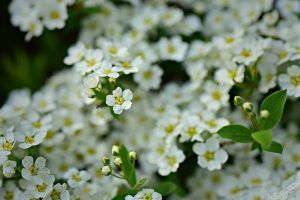 The irrigation for the alyssum plant will be abundant and frequent, but it will depend on the temperature where the crop is located. A good irrigation system will favor the flowering of the alyssum.
The irrigation for the alyssum plant will be abundant and frequent, but it will depend on the temperature where the crop is located. A good irrigation system will favor the flowering of the alyssum.
The greater the heat, the more important the irrigation for the alyssum, which will allow it to develop well and a good irrigation system will favor its flowering.
Gardeners recommend letting the substrate dry between waterings to replenish water.
How often do we water the alyssum?
The frequency of watering the alyssum can be one watering every 24 to 48 hours, depending on the heat and the ambient temperature. It is a plant that does not need too much watering if it is found in temperate climates because it is very resistant to drought.
Alyssum should not be overwatered or flooded, as it can suffer from fungal diseases and root rot.
How to plant an alyssum step by step?
The sowing of the alyssum can be carried out by means of seeds or by cuttings of the same plant. In the case of sowing by seeds, it is recommended to make seedbeds with one or two seeds per container.
Then, cover them with 1 cm of substrate, water abundantly with a sprayer and place in full sun. The transplant will take place in 15 or 20 days.
- Take a good-sized cutting from the alyssum and put rooting hormones on it.
- Select a spot or a pot with holes for drainage.
- Fill the pot with a mixture of peat, earthworm humus and coconut fiber, as well as perlite, to obtain the nutrients that the alyssum requires.
- Sow the cutting and compact the substrate around it.
- Water abundantly without flooding the crop.
- Locate the plant outdoors and in full sun, with temperate temperatures.
- Fertilize once a month, during the warmer season.
What care does the alyssum need?
The alyssum is a rustic species that does not require much care for its development and growth. The soil or substrate must be fertile, light and with very good drainage. It does not need nutrients in the soil, so it can be grown in calcareous or sandy substrates.
The location of the crop should be done outdoors where it can receive direct sunlight. It does not require deep pruning, but faded flowers should be removed and it welcomes pinching after flowering.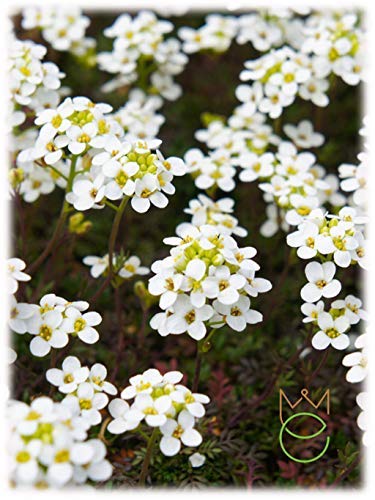
The clamping must be done on the branches that are in full growth, during the vegetative period, and it is very important to maintain the balance of the tree. It is recommended to fertilize the alyssum once a month, when the cultivation is carried out in pots, to support the flowering and the development of the plant.
What pests and diseases affect the alyssum?
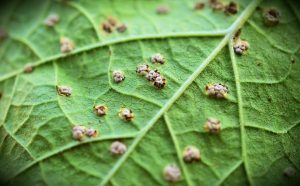 The alyssum plant is a disease-resistant plant species, but it is often attacked by rust and powdery mildew caused by excess irrigation, which is its biggest problem.
The alyssum plant is a disease-resistant plant species, but it is often attacked by rust and powdery mildew caused by excess irrigation, which is its biggest problem.
Roya is a fungus that appears due to excess moisture in plants such as alyssum. The presence of rust on alyssum can be detected by the brown spots of different sizes that appear on the plant.
To combat Rust, the application of specific fungicides and the elimination of the parts of the plant that are affected are recommended. For its part, Powdery Mildew is also a fungal-type disease and is very easily identified by the appearance of a white powder on the alyssum leaves.
When powdery mildew disease is very severe, alyssum stems and leaves turn yellowish and eventually dry out. The treatment against powdery mildew consists of tearing out the affected parts and placing appropriate fertilizers.
However, the best way to avoid alyssum diseases is to strictly follow care with watering and also with the location of the plant.
Bibliographic references
- Alyssum maritimum, ME Olson – 2009 – siba.ibiologia.unam.mx
- Plants: Lobularia (Alyssum maritimum), JLP Coto – AE. Agroecological Divulgation Magazine, 2012 – dialnet.unirioja.es
- Application of nickel hyperaccumulating plants in natural phytoextraction: the genus Alyssum L, PS Kidd, CB Castro, MG Lestón… – Ecosistemas, 2007 – revistaecosistemas.net
- Spanish botanical bibliography, 1976-1977 (vascular plants), EF Galiano – Lagascalia, 1979 – dialnet.unirioja.es
- New lineages for the Flora of the Balearic Islands (2nd series), PP Ferrer – Annals of the Botanical Garden of Madrid, 1955 – dialnet.unirioja.es
- Flora catalog of the final stretch of the Júcar valley (Valencia), G Mateo – Flora Montiberica, 2002 – dialnet.unirioja.es

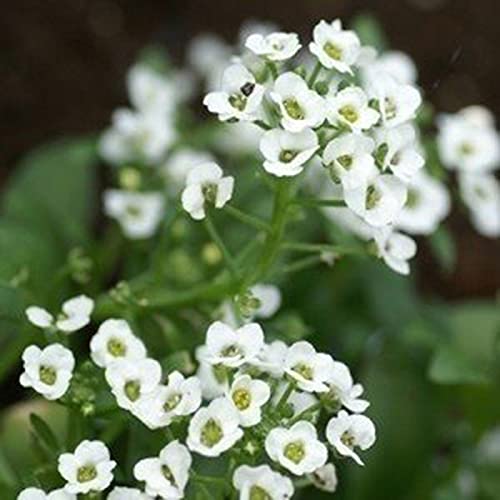
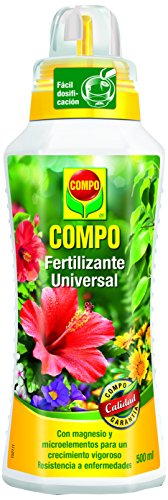
![Photo of Crickets in the Garden: [Characteristics, Detection, Effects and Treatment]](https://www.complete-gardening.com/wp-content/uploads/2022/08/crickets-in-the-garden-characteristics-detection-effects-and-treatment-390x220.jpg)
![Photo of Purple Flowers: [List, Examples, Characteristics and Care]](https://www.complete-gardening.com/wp-content/uploads/2022/08/purple-flowers-list-examples-characteristics-and-care-390x220.jpg)
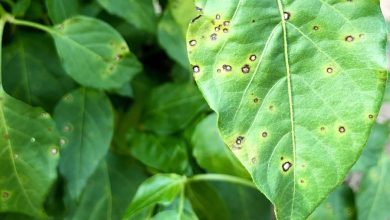
![Photo of Nymph Care: [Soil, Moisture, Pruning and Problems]](https://www.complete-gardening.com/wp-content/uploads/2022/08/nymph-care-soil-moisture-pruning-and-problems-390x220.jpg)